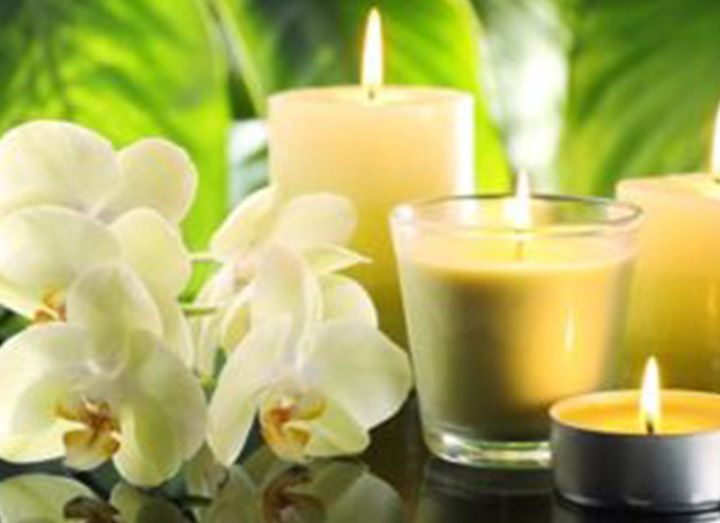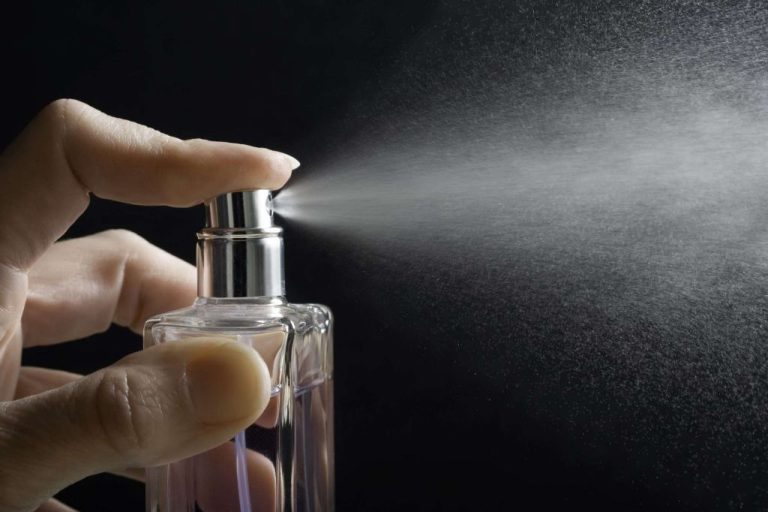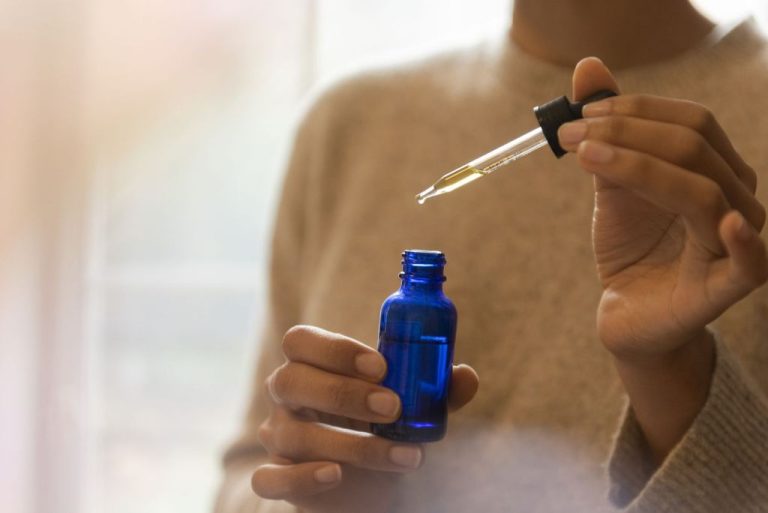What Is The Procedure For Lighting A Candle?
Candles have been used for thousands of years for both practical and ceremonial purposes. The earliest known candles originated in ancient Egypt and China, where they were made from beeswax as early as 3,000 BC. Candles became common in ancient Rome and Greece, where they were fashioned from tallow. Further developments in candle making occurred in the Middle Ages, when candle makers began to use oils and fats other than tallow.
Today, candles continue to serve important functions around the world. They provide light, can be used in religious ceremonies, set a relaxing or romantic mood, and emit an enjoyable scent. Candles are also believed to have health and spiritual benefits – burning candles can promote relaxation, improve sleep, boost mood, and create a soothing environment (https://theflowerpot.co/blogs/happenings/health-benefits-of-candles). Lighting a candle is a simple pleasure that can enhance everyday life.
Safety Precautions
Lighting a candle requires taking basic safety precautions. According to the National Fire Protection Association (NFPA) and Candle.org, review fire safety procedures like having a working smoke detector and fire extinguisher before lighting any candles. Keep candles at least 12 inches from anything flammable and never leave burning candles unattended (NFPA, Candle.org). Have water or fire extinguishing materials on hand in case the candle needs to be put out quickly. Avoid drafts or vents when lighting candles so they burn evenly (Candles.org). Always double check that candles are completely extinguished before leaving a room or going to sleep (NFPA).
Choosing a Candle
There are a few key factors to consider when choosing a candle:
Types of Wax
The type of wax impacts how the candle burns and smells. Common types include:
- Paraffin – Made from petroleum, burns well but can emit more soot (https://www.candlesbyluma.com/blogs/news/how-to-choose-a-candle-a-candle-buying-guide)
- Soy – Made from soybeans, burns cleanly with less soot
- Beeswax – Made from beeswax, natural option that burns cleanly
- Palm – Made from palm oil, economical option good for aromatherapy

Wick Thickness
The wick impacts how the candle burns. Thicker wicks allow more wax to melt and create a larger flame. Choose based on the candle size and your preferences.
Container
Consider the container material (glass vs. tin) and style based on the room decor. Make sure the container can withstand heat from the candle.
Scent
Choose a scent suited for the space. Citrus and floral work well for kitchens and bathrooms. Warm and spicy suits living rooms. Go unscented for bedrooms (https://nomadnoe.com/blogs/the-blog/how-to-pick-the-right-scented-candle). Test candles first to ensure you like the scent when burning.
Preparing the Candle
Before lighting a candle, it’s important to properly prepare it to ensure safe and effective burning. According to Candle.org, you should start by trimming the wick to 1⁄4 inch to prevent excess smoke and uneven burning. Use scissors or nail clippers to carefully snip the wick.
For container candles, it’s recommended to allow the wax to fully melt and pool before blowing out on the first burn. According to Malibu Apothecary, you should let the candle burn for at least 3-4 hours or until the wax pool reaches the edges on the first burn. This allows the wax to properly adhere to the container sides. After the first burn, you can extinguish the candle once the wax has melted 1⁄4 inch deep.
Lighting the Candle
When you’re ready to light your candle, make sure you use a long match or lighter to avoid burning your fingers. Hold the flame against the wick until it ignites and starts burning on its own. Be patient and keep holding the flame to the wick for 30 seconds or so to ensure it is lit properly (Candles.org).
Hold the match an inch or two above the wick as you light. Tilt the match downwards to direct the flame onto the wick, rather than holding it horizontally. This helps prevent dripping wax from extinguishing the match. Once lit, let the wick burn for a minute before blowing out the match so that it has time to form a mushroom shape (Instinks).
Letting the Candle Burn
It’s important to allow the wax to melt and pool properly when burning a candle. According to experts, you should allow the wax to melt all the way to the edges of the container during the first burn to achieve full melt pool (Candles.org, 2022). This allows the fragrance to be released fully. A good rule of thumb is to let the candle burn for at least one hour per inch of the candle’s diameter on the first burn (Harlem Candle Company, 2022).
As the candle burns, periodically trim the wick to 1⁄4 inch to help it burn evenly and prevent smoking. Use candle snuffers or scissors to neatly trim the wick. Long wicks can create smoke or uneven burning. Always blow out candles before moving them to prevent spills.
Blowing Out the Candle
When you are finished burning a candle, the proper technique for extinguishing the flame is to gently blow on it to put out the flame. Avoid a forceful blow which can spread melted wax or blow embers around. Once the flame is out, allow any ember remaining on the wick to die out on its own. This helps prevent any unwanted smoke or odor in the room.
Some experts recommend avoiding blowing directly onto a candle as the moisture from your breath can cause soot to form on the wick (“The Best Way to Blow Out a Candle,” thecut.com). An alternative is to use a candle snuffer, which is a small bell-shaped device that fits over the flame to deprive it of oxygen. Gently lower the snuffer over the flame until it is extinguished. Hold it there for a few seconds before removing to ensure no embers remain.
Candle Safety
It’s important to practice proper candle safety to avoid accidents and injuries. Here are some tips:
Allow candles to cool completely before moving them. Never move a lit candle or one that was recently blown out. The wax can still be very hot and may spill if tipped. Let the wax harden and cool completely before carefully lifting and moving the candle holder or container.
Store candles safely. Keep your candles in a cool, dry place out of direct sunlight and away from anything flammable. Avoid leaving candles near windows, vents, or anywhere they could get overheated. Never put candles in cabinets or drawers where the close quarters could cause a fire.
With a few precautions, you can safely enjoy candlelight and reduce the risk of candle-related fires or burns.
Troubleshooting
Sometimes candles may experience issues like tunneling, soot, or uneven burning while lighting. Here are some common troubleshooting tips:
Tunneling is when a hole forms in the center of the candle as it burns, caused by an improper melt pool. To prevent tunneling, make sure to trim the wick to 1⁄4 inch before lighting, and allow the entire top layer to melt on each burn. Tunneling can often be fixed by blowing out the candle and allowing the wax to re-harden, then relighting with a proper melt pool. (1)
Soot occurs when a candle produces black smoke and leaves black residue on the jar. This is generally caused by a wick that is too large. Try trimming the wick shorter before relighting, so the flame is smaller. Soot can be cleaned by blowing out the candle and wiping the jar with a clean cloth. (2)
Uneven burning results in only part of the candle burning, while wax remains unmelted. This can be caused by insufficient air flow, or from wicked too close the edge. Make sure the candle is not up against a wall, and center the wick. Allow the wax to re-harden, then trim the wick and relight. Uneven burning can often be corrected by allowing the entire top layer to melt on each burn. (1)
If troubleshooting does not resolve the issue, it may require assistance from an experienced candle maker to diagnose and repair the candle.
(1) https://www.theflamingcandle.com/troubleshooting/
(2) https://villagecraftandcandle.com/blogs/news/top-10-candle-making-problems-and-how-to-solve-them
Conclusion
Lighting candles can create a warm, inviting atmosphere and provide illumination. However, candles also present a significant fire hazard if not used properly. It is crucial to follow all safety precautions when lighting candles, such as keeping them away from flammable materials, never leaving them unattended, and extinguishing them completely before leaving a room.
As highlighted in this guide, there are specific steps involved in safely lighting and extinguishing candles, from preparing the wick to allowing the wax pool to form completely before blowing out the flame. Rushing any part of the process can lead to dangerous consequences. Always place candle safety first by taking your time and paying close attention when lighting candles.
While candles can be enjoyable, their open flames come with risks. By understanding proper candle lighting procedures and making safety your top priority, you can tap into the benefits of candles while minimizing the chance of fire and injury.


